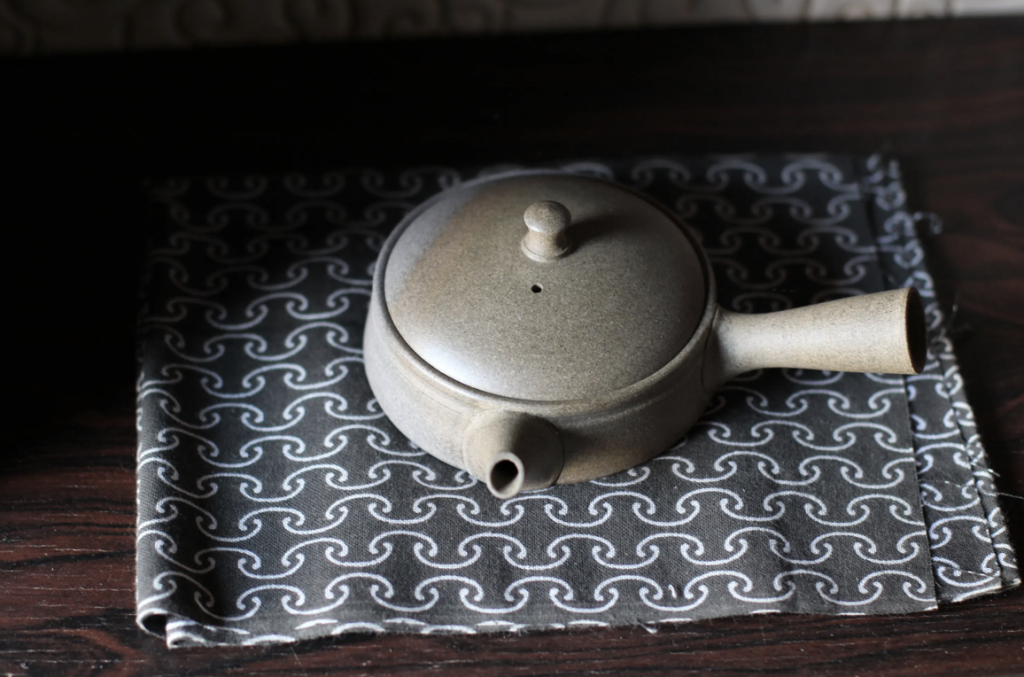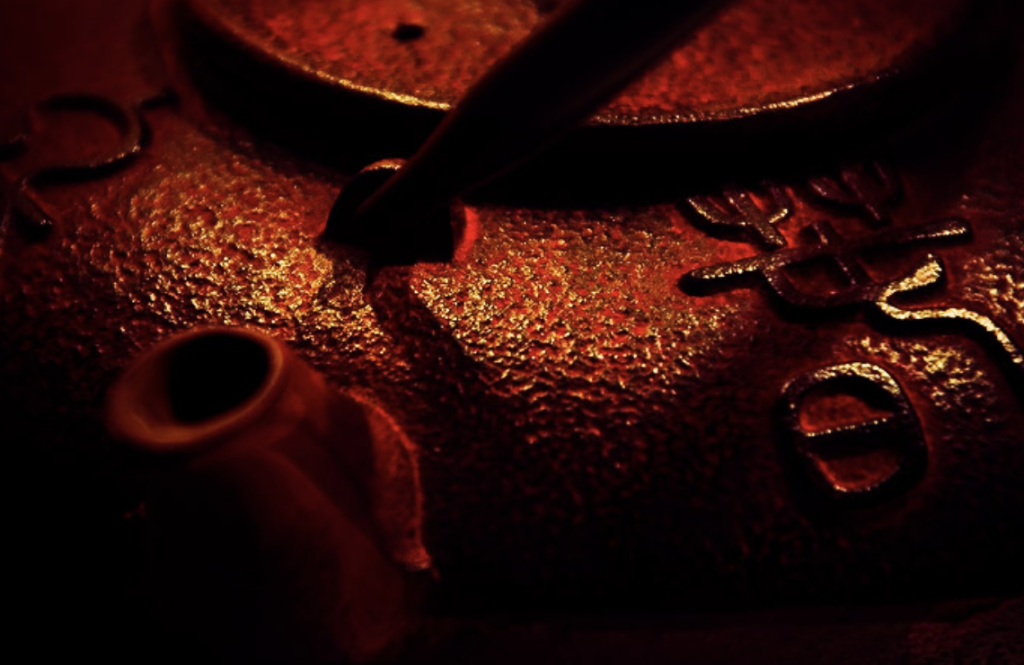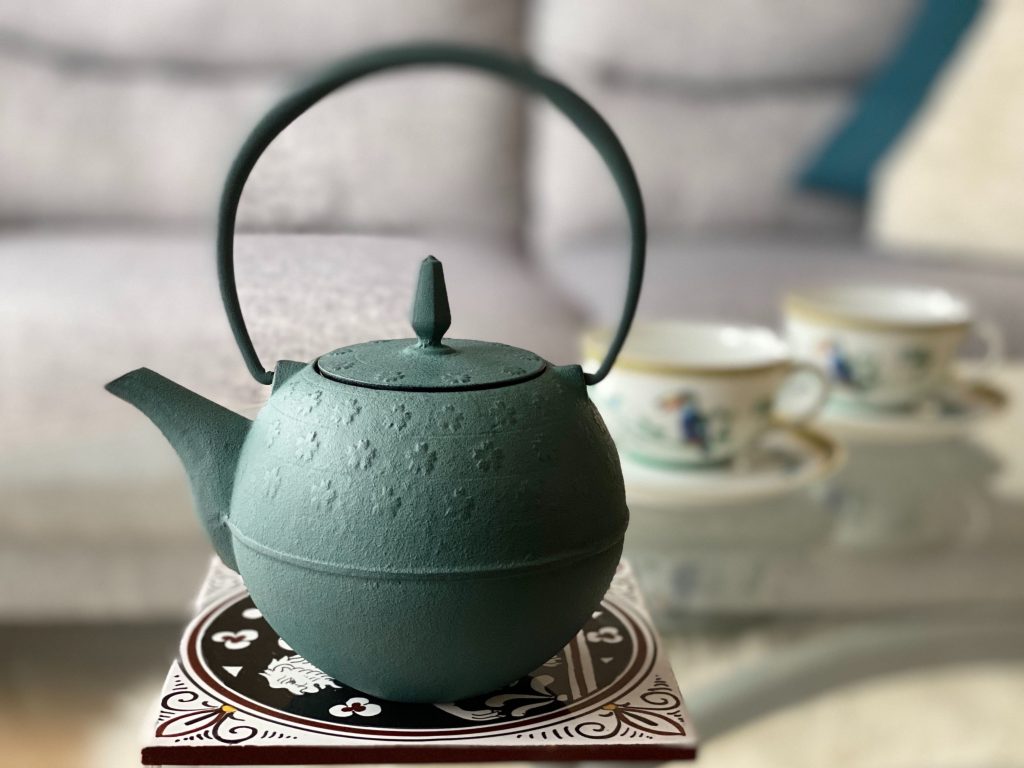Evolution of Kettle Design in Japan
Tea, cherished globally as the most popular drink after water, has a rich and diverse history spanning centuries and continents. Dive into the fascinating world of kettle design in Japan. These teapots are the quintessential kitchen companions. Let’s explore some of the finest examples from Japan that have graced tables worldwide.
Folklore Around Japanese Teapots
Before we dive into the kettle design in Japan, there are folktales associated with the tea ceremony and teapots too. It is the tale of The ‘Bunbuku Tea Kettle’ a famous Japanese folktale about a shape-shifting ‘tanuki’ (raccoon dog) who transforms into a tea kettle. In one version, the ‘tanuki’ repays a kind man by performing tricks as a tea kettle to earn money for him. In another, the ‘tanuki’ escapes being cooked by a priest by turning into a kettle but reverts to its original form when heated. This story became popular during the Edo period (1600-1868), largely because the rounded shape of traditional Japanese Tetsubin cast iron tea kettle resembles the ‘tanuki’s’ belly, making the tale both amusing and believable.

Various Kettle Designs in Japan
If we were to talk about the kettle design in Japan, it must be noted that Japanese teapots have been around since the ninth century. They were further developed with various regional variations in tea-drinking customs. The three primary types are ‘Hohin’ (no handle), ‘Ushirode Kyusu’ (rear handle), and ‘Yokode Kyusu’ (side handle), each of which is intended for a certain tea variety and brewing method. One of the most well-known pots is the ‘Kyusu’ teapots, which represent Japan’s precise approach to tea and its rich historical past, and are fundamental to the country’s tea-drinking culture. The aesthetic and ceremonial elements of Japanese culture are inextricably linked to these teapots, which are prized for their elegance, grace, and functionality. The hollow handle on a ‘Kyusu’ is slightly angled, making it easy to pour without straining your wrist. Pouring with a side handle feels natural and ergonomic once you try it!

Another kind is the Japanese Tetsubin tea kettle. ‘Testsubin’ translates to iron kettle. The Tetsubin tea kettle with its rich history and alluring qualities when brewing tea, is a favourite among Japanese tea connoisseurs but may not be familiar to others. These tea kettles are made by artisans in a range of sizes and shapes, from straightforward to highly detailed creations. A finely constructed Tetsubin cast iron tea kettle becomes a treasured artefact that is appreciated and passed down through the generations. There is a special place in Japanese cultural history for these unusual kettles.
What is the Japanese Tetsubin Tea Kettle?
The Japanese Tetsubin cast iron tea kettles, are very important in Japanese tea culture. Digging into the history and significance of tetsubin necessitates learning about the traditional Japanese tea ceremonies, sometimes referred to as ‘chanoyu’ or ‘sadou/chadou.’ Every tool plays a vital part in these ceremonies, which emphasize hospitality, harmony, and tranquility. For example, the gradual boiling of water in a Tetsubin promotes respect, awareness, and patience.

History of Tetsubin Tea Kettle
The origins of the Japanese Tetsubin tea kettle are somewhat unclear, but many historians believe it emerged alongside the rise of sencha tea in Japan during the mid-17th century. Sencha, originally from China, became a popular, informal tea enjoyed among friends and family. This growing popularity led to the increased use of tetsubin. The design of the tetsubin, which evolved, is thought to have been influenced by earlier tea kettles such as the ‘Toyama’ and ‘Mizusosogi.’

The Yakkan Tea Kettle
The ‘Yakkan’ tea kettle, normally constructed of copper, resembles the Tetsubin cast iron tea kettle. Though identical in design, the various materials utilised in their production offer varied flavours to the tea. Japanese teapots go beyond their role as simple tools for brewing tea, offering insight into Japanese culture, art, and the philosophy of the tea ceremony. For both tea lovers and ceramic collectors, each kettle design in Japan, enhances the tea-drinking experience, adding beauty and meaning to each cup. Using a Japanese teapot not only helps in making excellent tea but also fosters a deeper appreciation for the traditions behind it.
Feature Image: Traditional Japanese Iron Tea Pot – Sakura Patterned Authentic Nanbu Tekki 1023-10 | Courtesy: https://fun-japan-select.com/
References:
- https://www.vam.ac.uk/articles/teapots-through-time
- https://kettl.co/blogs/kettl-tea-blog/tea-pots-demystified-your-questions-explained
- https://www.akazuki.com/blogs/news/short-history-of-japanese-iron-kettles-teapots
- https://akamehideki.medium.com/japanese-teapots-7207d57b0b07
- https://hojotea.com/categ_e/teapote.htm.
- https://www.kyohaku.go.jp/eng/learn/home/dictio/kinkou/cha/#:~:text=Many%20kettles%20were%20made%20from,time%2C%20and%20still%20are%20today.






